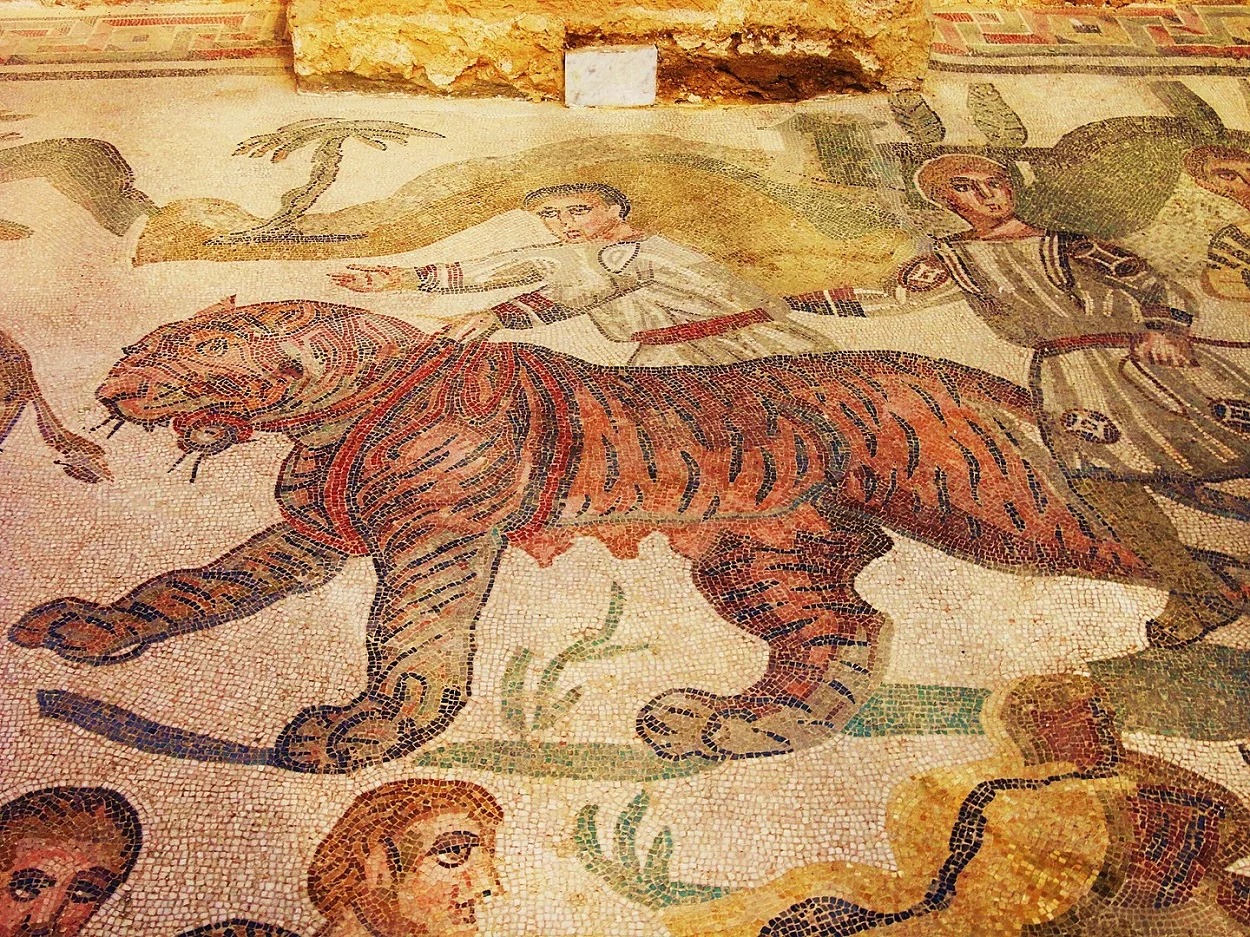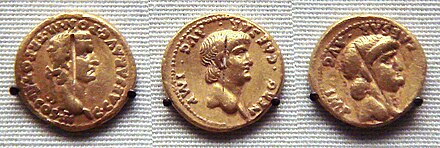The Roman Empire stretched from its territorial holdings across the Mediterranean Sea, Europe, North Africa, and Western Asia, but the Empire had trading links that connected far beyond the empire’s borders.
Early Indo-Roman relations in the area known as “India” are poorly documented, with the only contemporary accounts prior to Roman contact occurring during the Indian campaign of Alexander the Great from 327 BC until 325 BC.
Alexander’s campaign is briefly recorded by the naval commander Nearchus, which is preserved in the “Anabasis of Alexander”, a 2nd century document written by Arrian of Nicomedia during the reign of Hadrian.

Indo-Roman contact likely started with overland caravans, developing into maritime trade as knowledge of new trading partners and commodities became more available to the Roman people.
Following the annexation of the Ptolemaic Egyptian Kingdom by Augustus around 30 BC, up to 120 merchant ships were setting sail every year from the Red Sea ports such as Myos Hormos for India.
Strabo, the Greek historian, records: “At any rate, when Gallus was prefect of Egypt, I accompanied him and ascended the Nile as far as Syene and the frontiers of Ethiopia, and I learned that as many as one hundred and twenty vessels were sailing from Myos Hormos to India, whereas formerly, under the Ptolemies, only a very few ventured to undertake the voyage and to carry on traffic in Indian merchandise.”
Rome started to receive embassies from Indian kings during the early 1st century AD, which the Roman historian, Cassius Dio, records in his “Historia Romana”, written between AD 211-233:

“For a great many embassies came to him [Augustus], and the people of India, who had already made overtures, now made a treaty of friendship, sending among other gifts tigers, which were then for the first time seen by the Romans, as also, I think, by the Greeks. They also gave him a boy who had no shoulders or arms, like our statues of Hermes.”
Four embassies are recorded reaching Rome from This period: the embassy from Puru, the embassy from Broach, the embassy from Chera, and the embassy from Paṇḍya. They brought with them exotic commodities such as tigers, monals, elephants and precious stones, securing trade agreements and a flow of Roman gold to the kingdoms of India.
 100vw, 1250px” data-lazy-src=”https://www.heritagedaily.com/wp-content/uploads/2023/02/trade.jpg” />Roman trade in the subcontinent according to the Periplus Maris Erythraei – PHGCOM : CC BY-SA 4.0</p><div class='code-block code-block-5' style='margin: 8px 0; clear: both;'>
<div id=)









